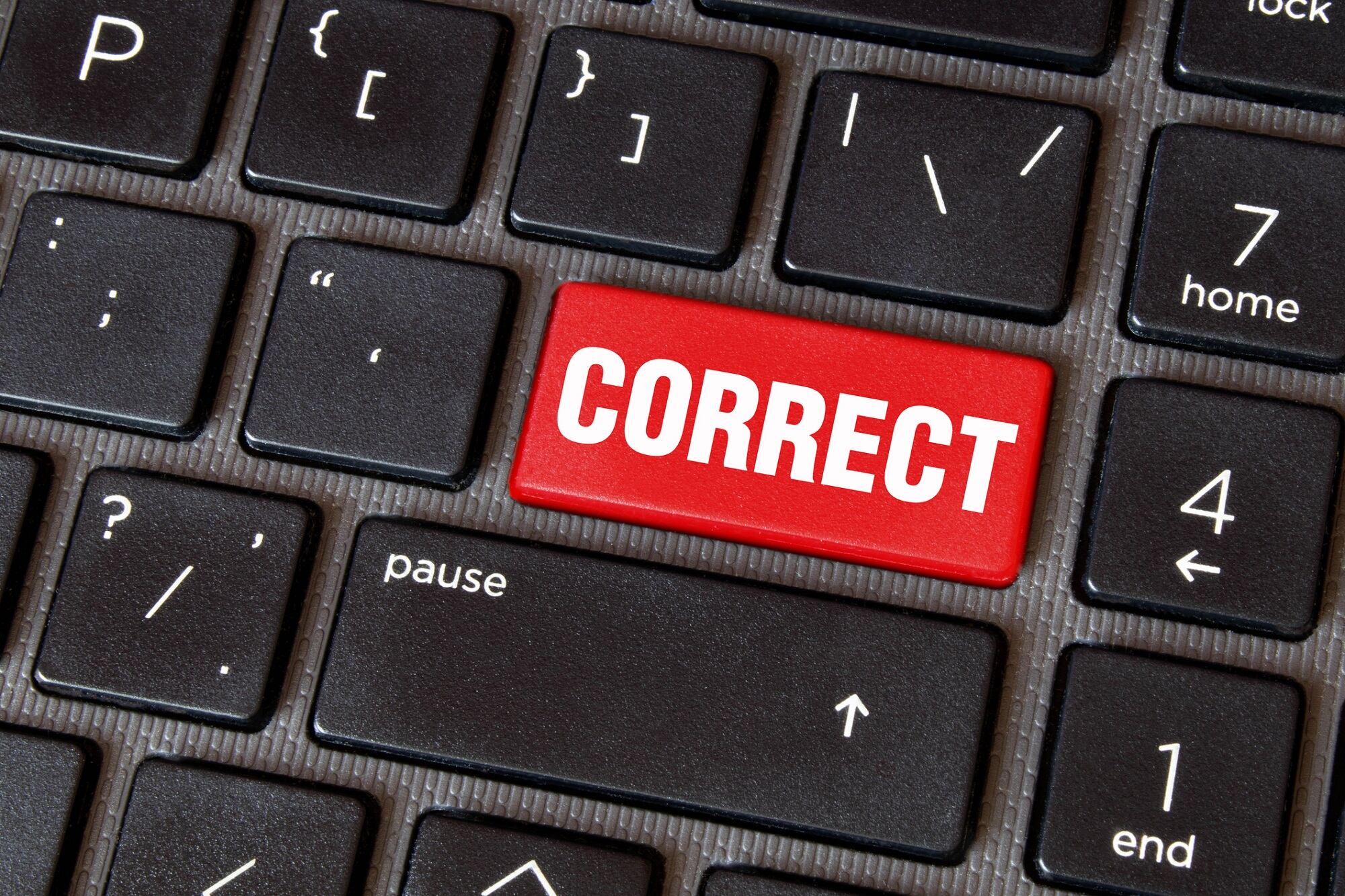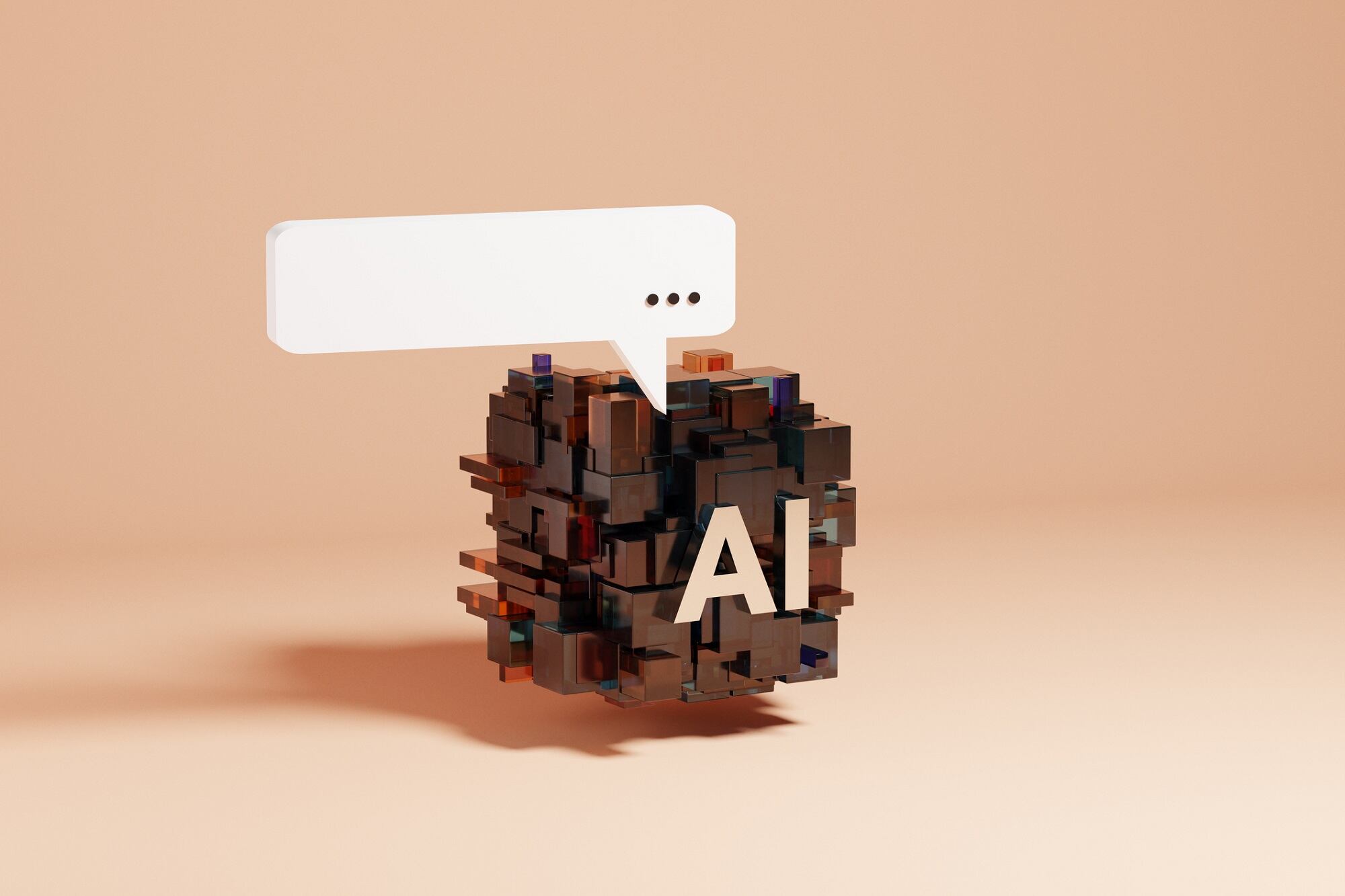As previously reported by CosmeticsDesign, document quality control software company GlobalVision is continuously working to innovate methods for cosmetics and personal care product companies to maintain accurate product listings and labels, safety substantiation record keeping, and other essential reporting documentation. Recently, GlobalVision has announced its latest innovation for industry manufacturers and suppliers with the launch of the AI-Powered Optical Character Recognition (OCR) feature in its Verify proofreading software.
To learn more about the recently released technology and its potential impact on cosmetics and personal care product manufacturers and suppliers, CosmeticsDesign interviewed Julie Meredith, Chief Marketing Officer at GlobalVision for her insights.
CDU: Can you share some brief background about your professional experience, the company, and your relationship with the cosmetics and personal care product industries?
Julie Meredith (JM): GlobalVision is a software company that helps regulated industries proofread content at scale. Our primary goal is to streamline the quality control and compliance review process, allowing teams to save time to focus on other important tasks and bring products to market faster.
Throughout the years, GlobalVision has become the leader in proofreading and quality inspection software worldwide, working with some incredible global brands like Procter & Gamble, L'Oréal, Bath & Body Works, Yves Rocher, and Shiseido. Our software helps these companies to quickly identify errors in their regulated content, effectively expediting their time-to-market.
Our cloud-based proofreading and inspection software, Verify, was introduced in 2021 and has gained significant popularity among regulated industries, particularly in personal care and cosmetics. It offers a solution for accelerating document and labeling asset development by automatically and accurately pinpointing deviations at each stage of the asset life cycle.
Most recently, it started leveraging Artificial Intelligence, predominantly for its Optical Character Recognition (OCR) feature and continues to develop quickly with quarterly updates that bring new features to users four times a year.
CDU: Can you describe the development and implementation process for the AI-Powered Optical Character Recognition (OCR) feature in the Verify proofreading program?
JM: The AI-Powered OCR feature has consistently been a crucial element in our development roadmap. Integrating it was a natural progression for Verify, allowing us to harness the power of AI within the framework of our technological solutions.
The demand for this feature was pronounced among our customers in highly regulated industries, including cosmetics. They sought a solution capable of inspecting documents character-for-characters, even in a flattened format, as this is a critical capability for the maintenance of document compliance throughout their workflows.
Utilizing different technologies, parameters, and processing capabilities, our development teams effectively bolstered the algorithm's character recognition capabilities by feeding it pertinent data, allowing for steady improvement of those capabilities over time. This process enables our algorithm to adeptly convert characters on documents into a machine-readable format.
We initially introduced the OCR tool exclusively to key customers, granting them the option to embrace the feature and actively engage in testing its accuracy and speed across a diverse array of files, spanning multiple languages. Throughout this phase, our machine learning framework underwent an accelerated learning curve, fortifying the AI-Powered OCR tool into an increasingly robust solution.
In parallel, our clients channeled invaluable feedback and suggestions through our product team, enabling us to finetune the algorithm progressively, enhancing its strength and precision with each iteration.
The implementation of the OCR solution empowers users in the cosmetics space to achieve meticulous character-for-character inspections across label files, significantly accelerating their document review processes and ultimately their time to market.
CDU: How does the feature work?
JM: Optical Character Recognition, is a transformative technology that converts printed, scanned, handwritten text or images into machine-encoded text, otherwise known as live, editable text. It allows computers to recognize, understand, and manipulate text from various sources.
The primary goal of Verify’s AI-Powered OCR feature is to make text more accessible and editable, enabling users to extract valuable information from physical documents or images and convert it into a digital, searchable format.
It is also important to note that OCR is otherwise a field of AI that focuses on recognizing and extracting text from images without live text. While OCR itself is a specific application within AI, it relies on various AI techniques and algorithms to perform its tasks such as machine learning.
CDU: What pain points does this feature solve for cosmetics and personal care product manufacturers, suppliers, or brands?
JM: Previously, without OCR proofreading technology, cosmetics and personal care product manufacturers, suppliers and brands as well as regulatory teams struggled with manual processes, facing challenges in handling flattened documents containing rasterized text. This forced teams to perform visual text extractions, manual proofreadings, and manual data entries.
In the absence of OCR technology, having to manually proofread documents, labels, packaging and other critical content not only hinders the efficiency for revision teams, it exposes them to potential errors and compliance risks and compromises consumer and patient safety.
In the cosmetic industry specifically, imagine having to proofread an allergy warning statement or a label which was not in live text. OCR allows revision teams to convert any flattened text into live, editable text, making edits easier and ensuring full accuracy and compliance of all critical content.
Other setbacks arise when faced with localization and translation tasks necessary for often multinational operations. Global cosmetics and personal care manufacturers are particularly aware of this problem as they have to ensure the accuracy and compliance of critical content in several different languages and scripts.
Verify’s newest AI-Powered Optical Character Recognition technology is designed to solve these problems and revolutionize how regulatory, labeling, and promotional teams within the cosmetics industry handle text within their document review processes, bringing automation and accuracy to the forefront.
CDU: How does the feature utilize AI in its functionality?
JM: Verify’s OCR capabilities allow users to inspect flattened text on documents such as labels, e-labels, screenshots, handwritten documents, images of text, and supplier proofs to name a few by converting the digital images into readable, live text format.
Verify’s OCR technology relies on machine learning which is a subset of artificial intelligence (AI) technology. In other words, it uses machine learning and computer vision algorithms to recognize characters and words in images or documents. It involves the use of computational methods to perform tasks that typically require human intelligence or manual work, such as reading and understanding text within images.
CDU: Does GlobalVision have any plans for further innovation and development using AI tools for label proofreading technology?
JM: In the future, GlobalVision will continue to develop AI-powered tools designed to simplify and accelerate label proofreading.
One of our latest developments in this category is the incorporation of machine learning into the core technologies which power our Spell Check algorithm, thereby enabling it to review files through a human lens, focusing only on true and meaningful spelling errors, while disregarding others.
This rapidly progressing ‘AI Spell-Check’ represents a huge leap forward for those involved in label proofreading as it would drastically improve the speed and accuracy at which they can operate, and ultimately, approve labels before going to market.
If you simply look at recall logs from the FDA, you’ll find that the vast majority of recalls actually stem from non-compliance issues with allergen statements. In the future, we could potentially leverage the power of machine learning to teach Verify how to recognize allergen statements on a label file automatically, and flag them to the user.
In this instance, the platform would recognize the allergen statement and analyze it in the same way a human would, to ensure compliance with FDA requirements. This simple addition to the platform would further automate the compliance review process in regulatory, which could mitigate the risk of recalls by resolving non-compliance issues before they hit the market.





